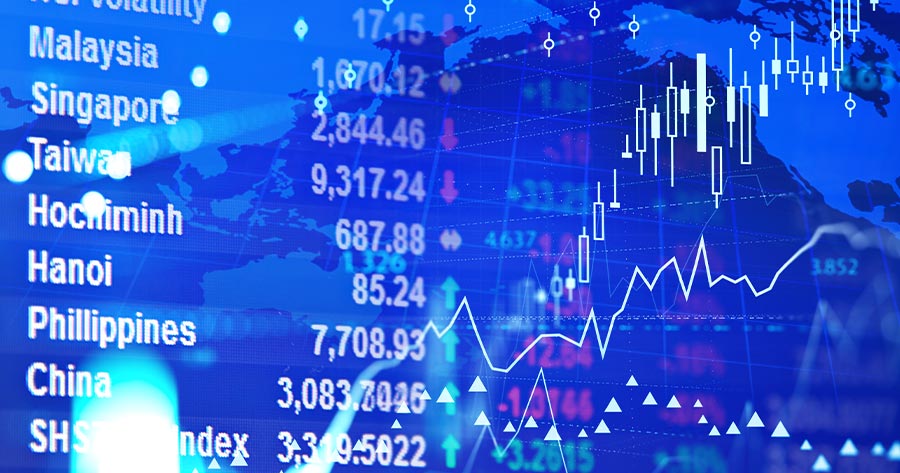Asia Pacific indices mostly rose on Friday (5 Oct) morning, as the recent US weekly jobless claims has been trending down. The 4-week average of US jobless claims reported was slightly lower at 208.75k from 211.25k, but the initial jobless claim ending September 30 rose slightly to 207k from 205k a week earlier.
The market might also respond to the latest US trade balance that was slightly less negative from USD -64.7 billion to USD -58.3 billion, while another factor might be the continuous drop of oil price. However, the 4-week and 8-week treasury bills were still auctioned with the higher rate to 5.31% and 5.36% from 5.29% and 5.33%, respectively. These still reflected the higher yields expectations and possibility of further rate hike from US bond markets.
Hong Kong’s HSI was the leader today with 2% gain at 17,600. Australian ASX 200 followed by almost 0.6% moving the index near 7,000, and Taiwan’s TWII rose by 0.4% over 16,500. Meanwhile, some indices went against the current as New Zealand’s NZX 50 dropped by 0.5% to 11,250. Japan’s NIKKEI also edged down over 0.2% under 31,000.
On The other hand, last night US Futures were mixed as the S&P 500 Futures went nowhere at slightly under 4,300. The drop-down and back-up pattern also persisted on NASDAQ as the index went under 14,900. Both reflected the less fear in the markets as VIX fell to 18.3 after the spike dropped.
Meanwhile, energy commodities, especially crude oil continued to fall, as WTI crude oil dropped to $82.6, together with Brent that fell to $84.3, which is the month-low price level after both had been over $90 a few days ago. However, natural gas rose over $3.17 per MMBTU due to its increasing demand, as the lesser of EIA’s weekly gas storages reports the lower number of 86 billion cubic feet compared to the previous 90 billion cubic feet.
On the other hand, the US Dollar Index (DXY) continued to drop to 106.1, while the other pairs’ currencies’ recovery was mixed. Meanwhile, the long-term US 30-year bond price index (ZB) edged down to 111.3. Both of these give a mixed direction as the rate increase on short-term yield on 4- and 8-week should strengthen the US dollar and increase DXY.
Lastly, gold price still couldn’t take back the level of $1,840 per Troy ounce.





